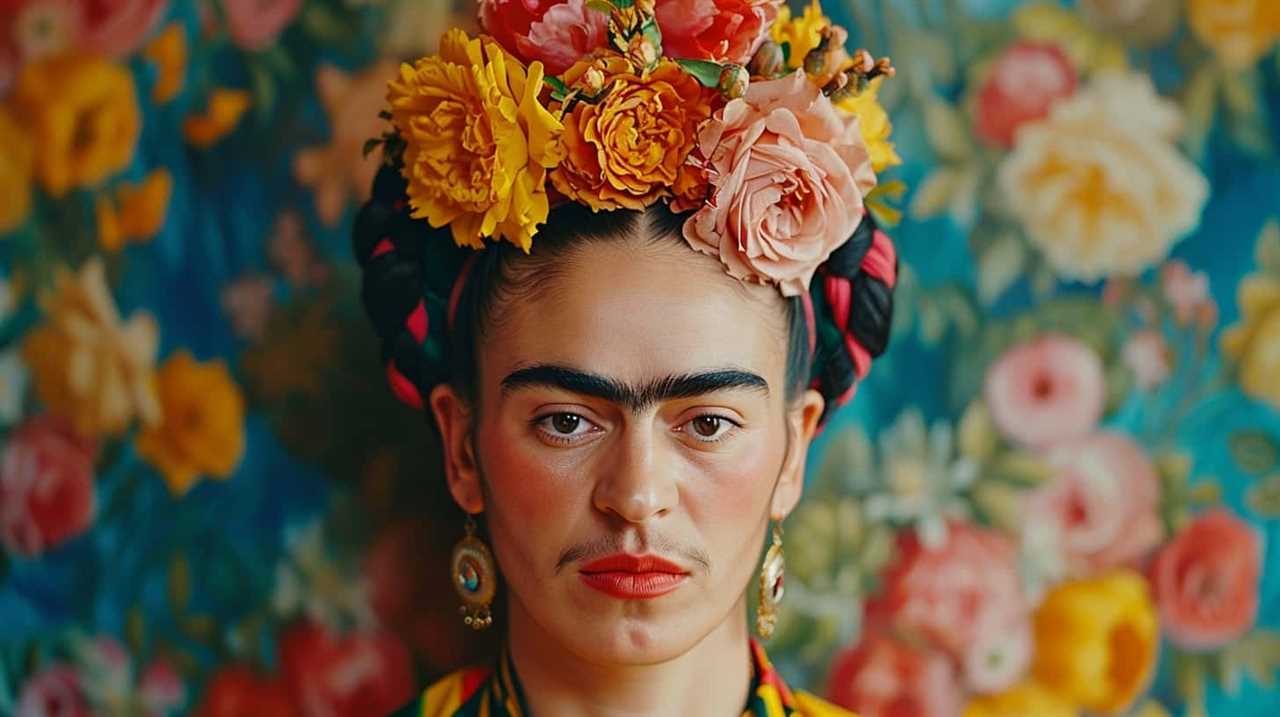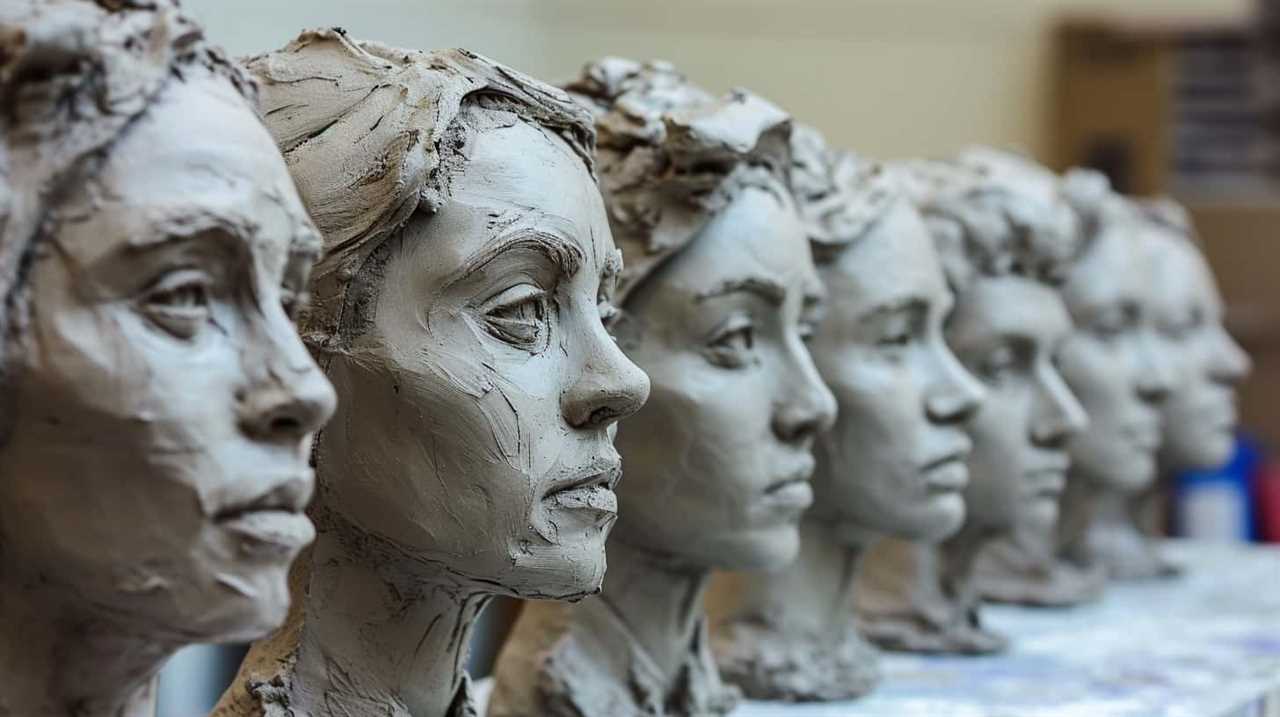In our investigation into the deep idea of beauty, we have started a journey to explore the thoughts of renowned artists. Through their creative work, these innovators have captured the true essence of beauty in its diverse manifestations.
Picasso, with his brushstrokes of genius, offers a unique perspective on beauty that transcends the ordinary.
Monet’s masterpieces reveal his musings on the ethereal nature of beauty, while Van Gogh’s vibrant canvases present his own vivid and heartfelt vision of it.
Dali, on the other hand, provides a distorted yet thought-provoking view, challenging our preconceptions.
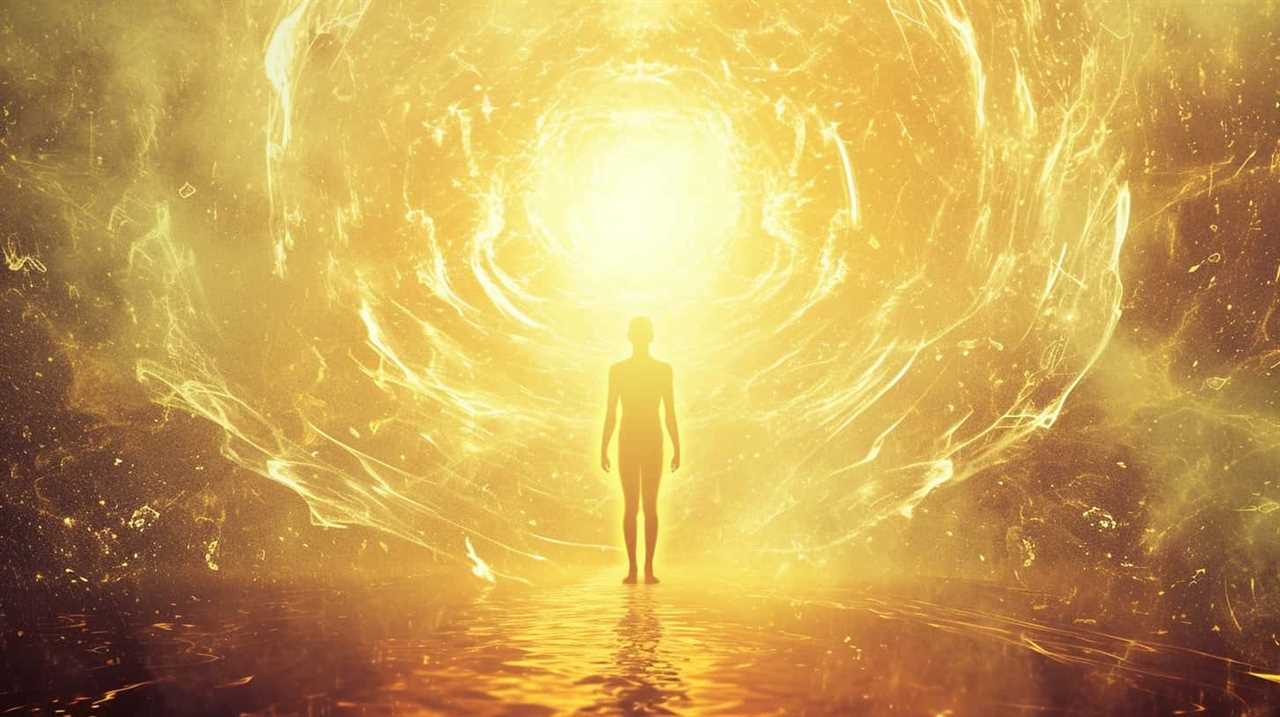
Warhol’s Pop Art revolutionizes the concept of beauty, and Klimt’s golden reflections mesmerize and captivate.
Da Vinci’s relentless quest for perfect beauty inspires us, while Hokusai’s serene portrayals evoke a sense of tranquility.
Finally, Botticelli’s Renaissance beauty transports us to a bygone era of grace and elegance.
Join us as we embark on this enlightening journey through the minds of these iconic creatives, to unravel the very essence of beauty itself.

Key Takeaways
- Artists like Picasso, Monet, Van Gogh, Dali, and Warhol have challenged traditional notions of beauty and reshaped our understanding of it.
- Dali’s surrealism and Warhol’s exploration of consumer culture have influenced contemporary artists, leading to the use of unconventional materials and techniques.
- Warhol’s art critiques consumerism and questions traditional beauty standards, while promoting individuality and diversity in beauty perception.
- Artists like O’Keeffe, Kahlo, Klimt, and Hokusai have captured the essence of beauty in nature through their deep connections, minimalist approaches, opulent symbolism, and attention to detail.
Picasso’s Perspective on Beauty
In our exploration of beauty’s essence, we delve into Picasso’s unique perspective on the subject. Picasso, known for his revolutionary and unconventional approach to art, had a profound and influential interpretation of beauty. He challenged traditional notions and pushed the boundaries of artistic expression.
Picasso’s interpretation of beauty went beyond the conventional ideals of symmetry and perfection. He believed that beauty could be found in the unconventional, in the distortion of form and the juxtaposition of contrasting elements. His paintings, such as ‘Les Demoiselles d’Avignon’ and ‘Guernica,’ showcased his exploration of unconventional beauty.
Picasso’s use of bold colors, abstract shapes, and fragmented forms allowed him to capture the essence of beauty in a completely new way. He believed that true beauty lies in the freedom of expression and the ability to evoke emotions through art.
Monet’s Musings on Beauty
Continuing our exploration of beauty’s essence, let’s now delve into Monet’s musings on the subject. Monet, the renowned French painter, found inspiration in the natural world, particularly in the vibrant colors and ever-changing light of landscapes. His passion for exploring natural beauty is evident in his iconic works such as ‘Water Lilies’ and ‘Haystacks.’
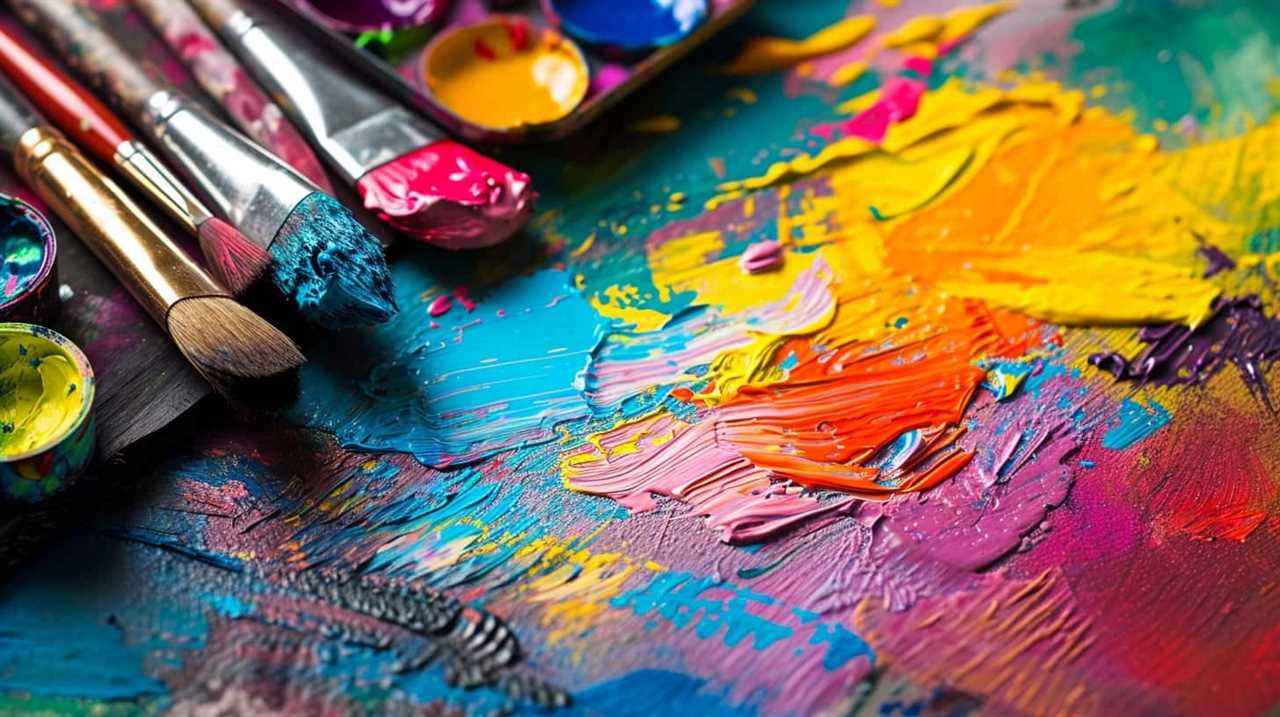
Monet believed that beauty could be found in the simplest of things, and he sought to capture the essence of nature in his paintings. He was fascinated by the interplay between light and color, and he used his brushstrokes to convey the shifting moods and emotions that he experienced while observing the natural world.
One of Monet’s favorite subjects was water, which he depicted in various forms – from tranquil ponds to crashing waves. He believed that water had a transformative power, and he was captivated by its ability to reflect and distort light. By capturing these fleeting moments of beauty, Monet sought to transport viewers to a world of serenity and tranquility.
As we transition into Van Gogh’s vision of beauty, we can see how his unique perspective on the world further expands our understanding of beauty’s essence.
Van Gogh’s Vision of Beauty
As we delve into Van Gogh’s unique perspective on beauty, we find ourselves immersed in the transformative power of his vibrant brushstrokes and the evocative emotions they elicit. Van Gogh’s artistic evolution was marked by his exploration of color, texture, and movement, ultimately leading to his iconic style that continues to captivate audiences today.
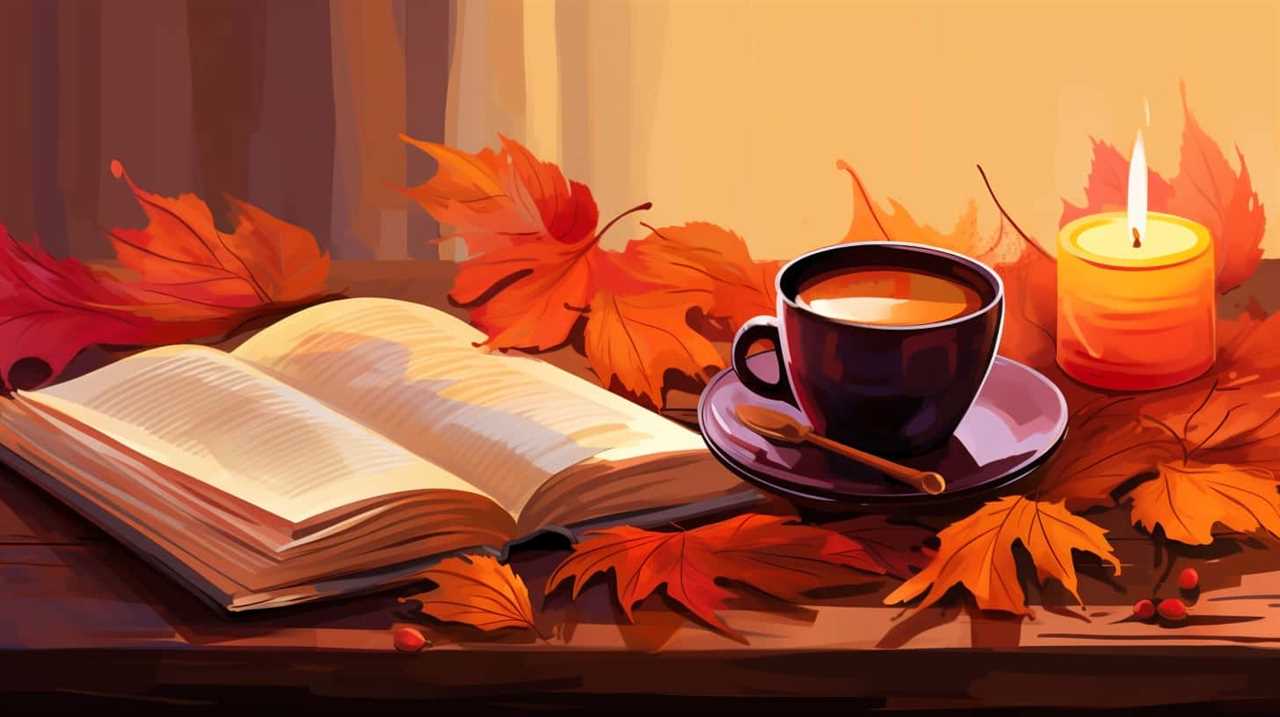
Here are five aspects of Van Gogh’s vision of beauty that contribute to his lasting influence on modern art:
- Intense and Expressive Colors: Van Gogh’s use of bold, vivid colors created a sense of energy and emotion in his paintings, pushing the boundaries of traditional color palettes.
- Dynamic Brushwork: His distinctive brushstrokes brought movement and life to his canvases, adding a sense of vitality and capturing the essence of his subjects.
- Emotional Depth: Van Gogh’s art was deeply personal, reflecting his inner turmoil and struggles. Through his work, he conveyed raw emotions, allowing viewers to connect on a profound level.
- Nature as Inspiration: Van Gogh found beauty in the natural world, often portraying landscapes and floral scenes. His ability to capture the essence of nature with his vibrant colors and expressive brushwork is a testament to his unique vision.
- Influence on Expressionism: Van Gogh’s bold and expressive style paved the way for the emergence of Expressionism, a movement that prioritized subjective emotions and personal experiences in art.
Van Gogh’s vision of beauty continues to inspire and resonate with artists and art enthusiasts alike, making him an enduring figure in the history of art.
Dali’s Distorted View of Beauty
When it comes to Salvador Dali’s view of beauty, we’re immediately transported into a world of surrealistic interpretations that challenge traditional beauty norms.
Dali’s distorted imagery, with its melting clocks and floating objects, forces us to question our preconceived notions of what’s considered beautiful.
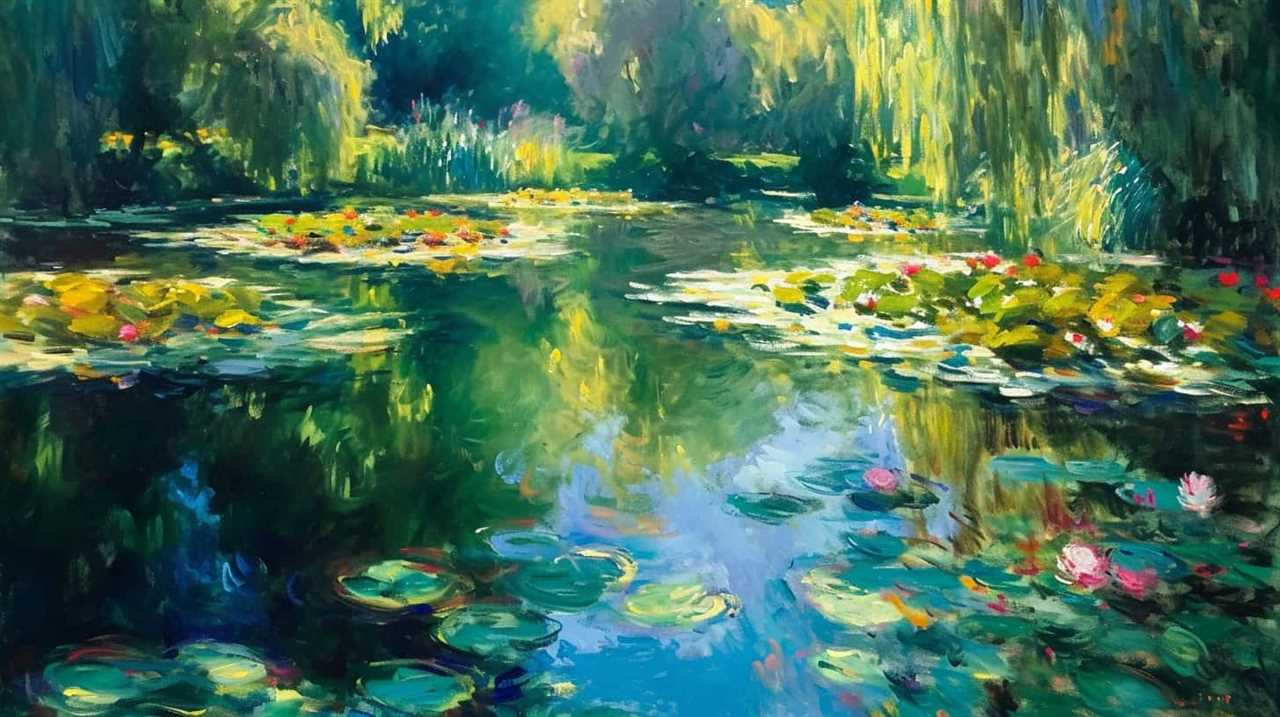
His impact on contemporary art can’t be denied, as he continues to inspire and influence artists to push the boundaries of artistic expression and redefine beauty in unconventional ways.
Dali’s Surrealistic Interpretations
In our exploration of ‘Iconic Creatives Reflect on Beauty’s Essence’, we delve into Dali’s surrealistic interpretations, which present a distorted view of beauty.
Salvador Dali, known for his dreamlike landscapes and exploration of the subconscious mind, pushed the boundaries of traditional artistic conventions. His paintings, such as ‘The Persistence of Memory’ and ‘The Elephants’, showcase a world that defies logic and challenges our perception of beauty.
Dali’s distorted figures and melting clocks invite us into a realm where reality and imagination collide. The bizarre and unsettling imagery forces us to question our preconceived notions of beauty and confront the darker aspects of the human psyche.

Dali’s surrealist works are a testament to his unique perspective on beauty, one that’s both captivating and unsettling.
Challenging Traditional Beauty Norms
Continuing our exploration of Dali’s surrealistic interpretations, we confront his distorted view of beauty, challenging traditional beauty norms. Dali’s artwork often depicted figures with exaggerated features, warped proportions, and unconventional aesthetics. Through his art, Dali questioned society’s obsession with perfection and pushed the boundaries of what is considered beautiful.
To understand Dali’s perspective, let’s take a closer look at the table below that compares traditional beauty norms with Dali’s distorted view:
| Traditional Beauty Norms | Dali’s Distorted View |
|---|---|
| Symmetrical features | Asymmetrical features |
| Slender body type | Exaggerated body proportions |
| Smooth, flawless skin | Scarring, melting faces |
| Cultural standards | Individualistic interpretation |
| Emphasis on youth | Aging and decay |
Dali’s distorted view challenges the notion that beauty should conform to societal expectations. His art celebrates individuality, imperfections, and the uniqueness of each person. This aligns with the concept of body positivity, which promotes self-acceptance and love for all body types. By defying cultural standards, Dali encourages us to embrace our own beauty, regardless of societal norms.
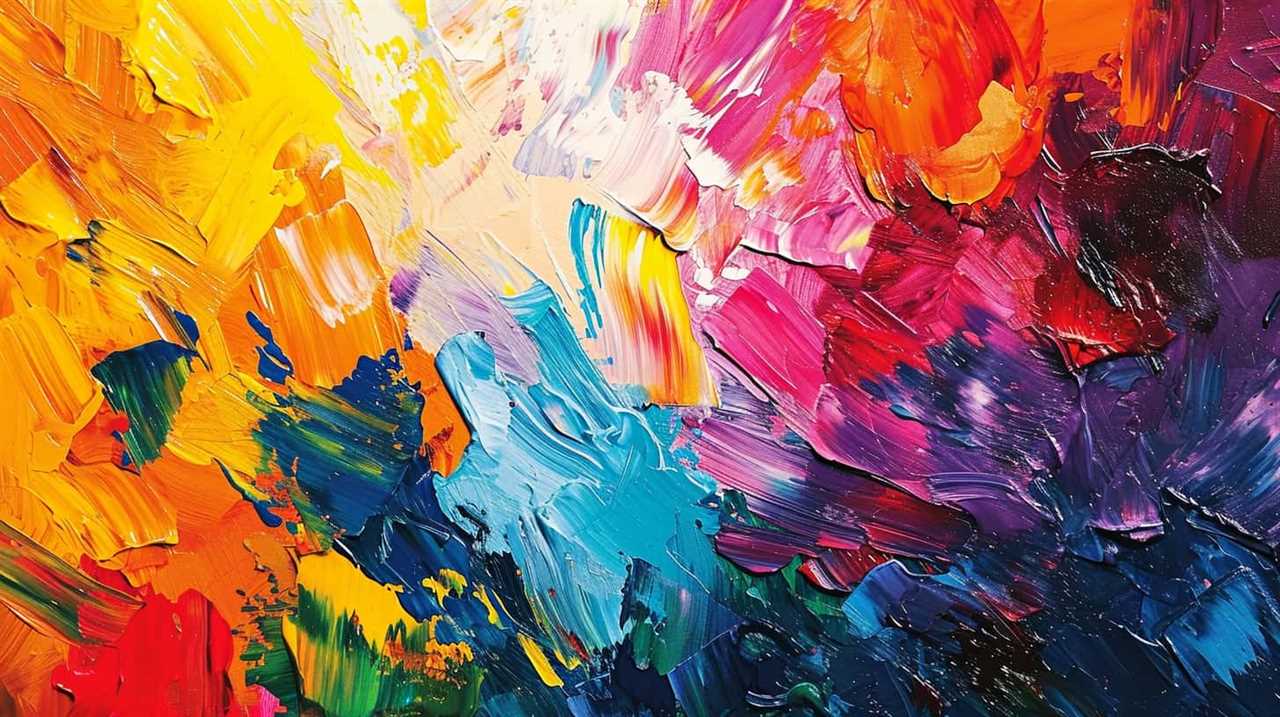
Impact on Contemporary Art
As we delve into the impact of Dali’s distorted view of beauty on contemporary art, we find ourselves further challenged to reconsider societal beauty standards. Dali’s unique perspective challenges the traditional notions of beauty, forcing us to question what truly defines it. In the world of contemporary art, this distortion has opened up a whole new realm of possibilities, allowing artists to experiment and push boundaries.
Here are five key points to help you understand the impact of Dali’s view on contemporary art:
- Dali’s surrealism challenges the conventional understanding of beauty, inviting viewers to see beyond the surface and explore the depths of the subconscious.
- The use of technology in contemporary art has amplified Dali’s vision, allowing artists to create digital masterpieces that challenge our perception of beauty.
- Dali’s influence can be seen in the unconventional materials and techniques used by contemporary artists, breaking free from traditional artistic constraints.
- The distorted view of beauty in Dali’s work encourages us to question societal beauty standards and embrace diversity and individuality.
- Through Dali’s art, contemporary artists are able to explore the complexities of beauty and challenge the notion of a singular definition.
As we move on to discuss Warhol’s Pop Art and its impact on beauty, we’ll see how his unique perspective further reshaped our understanding of beauty in contemporary art.
Warhol’s Pop Art and Beauty
Warhol’s iconic pop art has left an indelible mark on the art world, challenging traditional notions of beauty and elevating the mundane to the realm of high art.

Through his vibrant and bold imagery, Warhol reimagined beauty by celebrating consumer culture and the mass-produced objects that define it.
His art forces us to question the boundaries of beauty and confront the influence of consumerism on our perception of aesthetics.
Warhol’s Artistic Influence
We, as iconic creatives, find immense inspiration in the profound influence of Warhol’s Pop Art on the concept of beauty. Warhol’s influence on contemporary art can’t be overstated. His unique perspective on consumer culture challenged traditional notions of beauty and art, paving the way for a new artistic movement.
Here are five ways in which Warhol’s Artistic Influence has shaped our understanding of beauty:
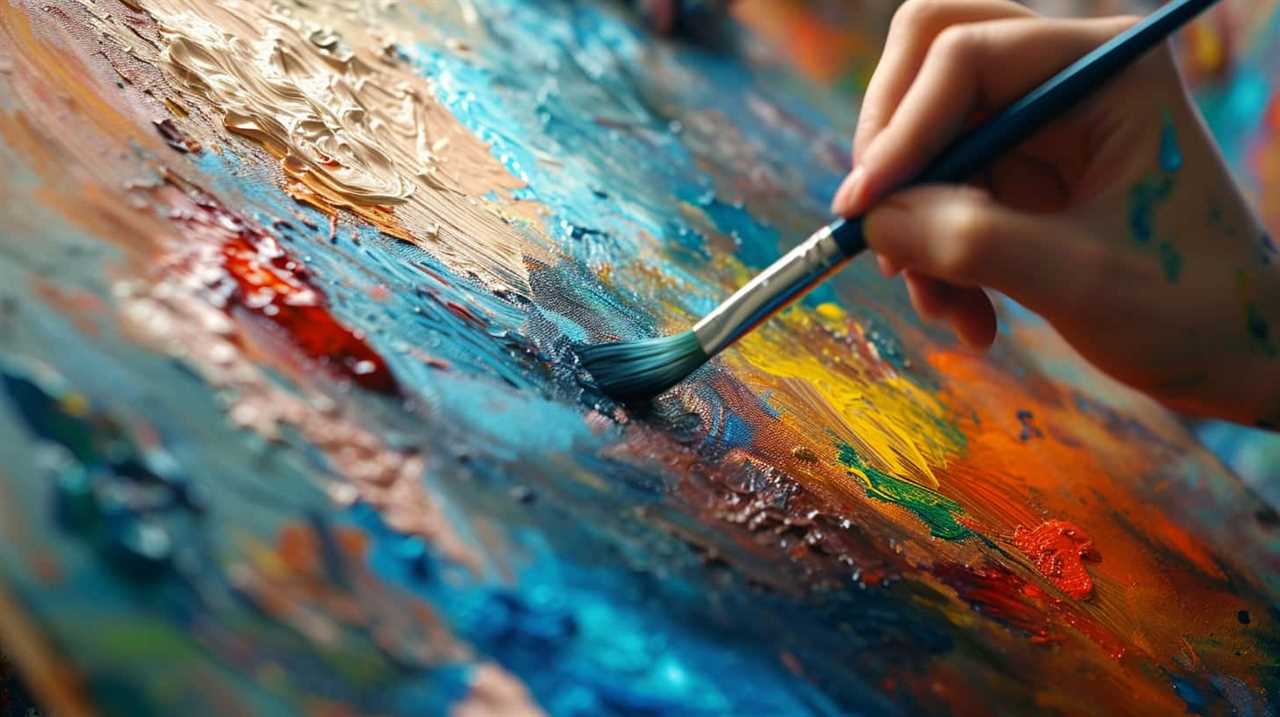
- Warhol’s use of vibrant colors and bold imagery captured the attention of viewers, making beauty accessible and relatable.
- His repetition of everyday objects and celebrities highlighted the influence of consumer culture on our perception of beauty.
- Warhol blurred the boundaries between high and low art, questioning the traditional hierarchy of beauty.
- By elevating mundane objects to the status of art, Warhol encouraged us to find beauty in the ordinary.
- His exploration of identity and self-expression challenged societal standards of beauty, promoting individuality and diversity.
Warhol’s Artistic Influence continues to inspire us to challenge conventional notions of beauty and embrace the beauty in consumer culture.
Beauty in Consumer Culture
Through the vibrant colors and bold imagery of his Pop Art, Warhol brought beauty in consumer culture to the forefront of contemporary art. His work challenged traditional beauty standards and explored the impact of the beauty industry on society.
Warhol’s iconic Campbell’s Soup Cans and Marilyn Monroe portraits showcased the beauty found in everyday objects and celebrity culture. These pieces questioned the notion of what’s considered beautiful and elevated the mass-produced and commercialized to the status of high art.
Warhol’s art not only reflected the influence of consumer culture on beauty standards but also critiqued it. His works served as a commentary on the pervasive nature of consumerism and its impact on our perception of beauty.
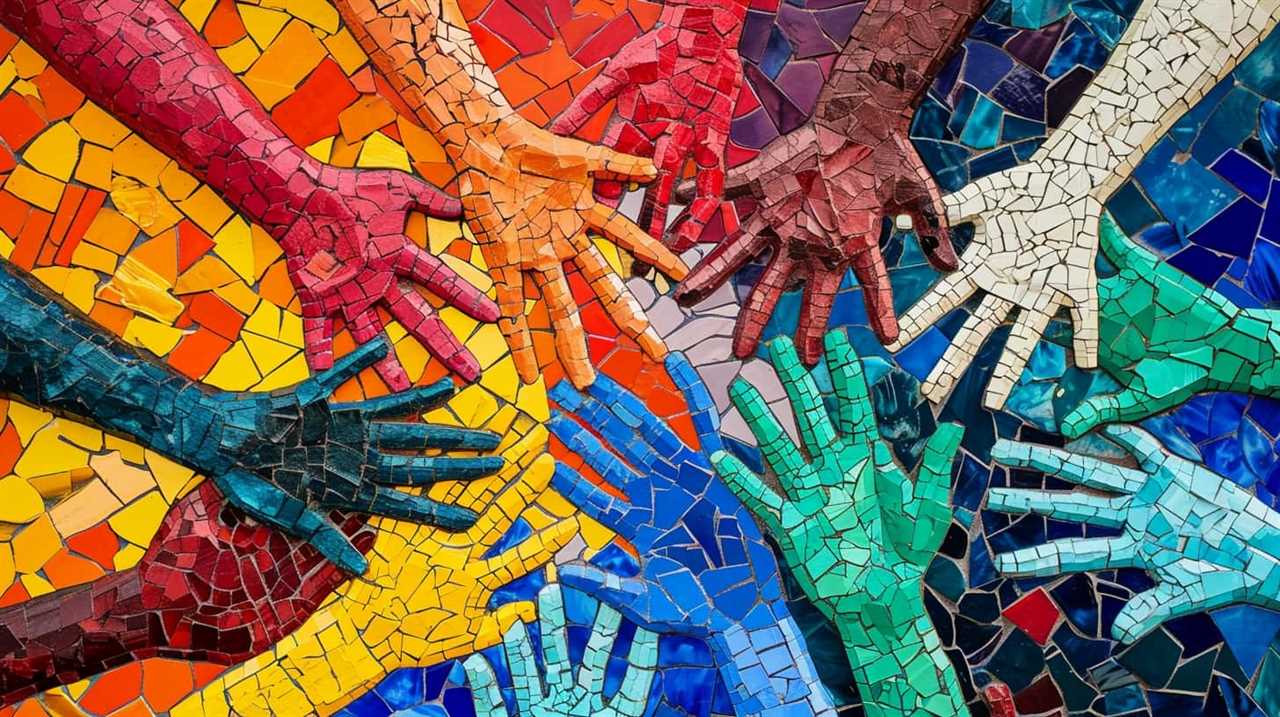
Warhol’s Pop Art continues to inspire artists today to challenge societal norms and redefine the concept of beauty.
O’keeffe’s Obsession With Beauty
O’Keeffe’s unwavering pursuit of beauty captivated our senses and compelled us to reexamine our perception of the world. As we delved into O’Keeffe’s artistic process, we were struck by her deep connection to nature and how it influenced her work. Here are five aspects of O’Keeffe’s obsession with beauty that left an indelible mark on us:
- Intimate Exploration: O’Keeffe immersed herself in the natural world, spending hours observing and reflecting on the intricate details of flowers, landscapes, and bones. This intimate exploration allowed her to capture the essence of beauty in her art.
- Amplified Scale: O’Keeffe’s ability to magnify the scale of her subjects, such as oversized flowers or vast desert landscapes, showcased the grandeur and power of nature. Through her paintings, she invited us to see beauty in its most amplified form.
- Minimalism in Form: O’Keeffe’s minimalist approach, characterized by simplified shapes and bold colors, allowed her to distill the essence of beauty. She focused on the essential elements, stripping away unnecessary details to reveal the purity of her subjects.
- Abstraction of Nature: O’Keeffe’s unique ability to abstract nature, transforming it into organic shapes and vibrant colors, challenged our preconceived notions of beauty. Her abstract interpretations pushed the boundaries of traditional representation and expanded our understanding of the natural world.
- Intricate Details: O’Keeffe’s attention to intricate details, whether it be the delicate veins of a petal or the intricate textures of a bone, emphasized the complexity and intricacy of nature’s beauty. Her meticulous brushwork and keen observation brought these details to life, allowing us to appreciate the beauty in the smallest of things.
In exploring O’Keeffe’s obsession with beauty, we were reminded of the profound impact nature can have on art. Her artistic process and the influence of nature on her work served as a testament to the enduring beauty that surrounds us.
Through her paintings, O’Keeffe invited us to see the world through a new lens, inspiring us to find beauty in the simplest of things.

Kahlo’s Expression of Inner Beauty
Continuing our exploration of iconic creatives and their reflection on beauty’s essence, let us now delve into Kahlo’s profound expression of inner beauty. Frida Kahlo, the renowned Mexican artist, captivated the world not only with her striking self-portraits but also with her ability to convey the depths of her inner self through her art. Her unique style and unapologetic self-expression have made her an iconic figure in the art world.
Kahlo’s paintings are a testament to her inner beauty and her unwavering commitment to self-expression. Through her art, she bared her soul, revealing her physical and emotional pain, as well as her strength and resilience. Her self-portraits often depict her in vibrant traditional Mexican clothing, adorned with flowers and jewelry, symbolizing her connection to her heritage and her celebration of life.
To paint a picture of Kahlo’s expression of inner beauty, let’s take a look at this table:
| Inner Beauty | Self Expression |
|---|---|
| Vulnerability | Authenticity |
| Resilience | Boldness |
| Strength | Creativity |
| Connection | Freedom |
In each stroke of her brush, Kahlo communicated her innermost thoughts and emotions, inviting viewers to connect with her on a profound level. Her paintings serve as a powerful reminder that beauty goes beyond physical appearances and resides within our souls.

As we transition into the subsequent section about Klimt’s golden reflections of beauty, we can appreciate how both artists used their unique styles to convey the essence of beauty in their own distinct ways.
Klimt’s Golden Reflections of Beauty
Klimt’s paintings exemplify the allure of beauty through his masterful use of gold. His artworks are characterized by their opulence and the way he depicts beauty as a powerful force that captivates the viewer. Klimt’s use of symbolism in beauty is evident in his choice of gold, which represents not just wealth and luxury, but also a deeper spiritual and emotional richness.
To fully appreciate Klimt’s golden reflections of beauty, consider the following:
- ‘The Kiss’: This iconic painting showcases the artist’s ability to combine sensuality and spirituality, with the golden hues enveloping the embracing couple.
- ‘Portrait of Adele Bloch-Bauer I’: Klimt’s use of gold in this portrait elevates the subject to a divine status, emphasizing her beauty and importance.
- ‘Danaë’: The golden rain that envelops the figure symbolizes the transformative power of beauty and the connection between desire and creativity.
- ‘The Tree of Life’: This masterpiece features intricate golden patterns, representing the interconnectedness of all living things and the eternal cycle of life.
- Influence on contemporary art: Klimt’s use of gold and symbolism has inspired countless artists, who continue to explore the themes of beauty, spirituality, and desire in their own works.
Klimt’s golden reflections of beauty continue to resonate with audiences today, reminding us of the enduring power and allure of artistic expression. His influence can be seen in the way contemporary artists approach the concept of beauty, making his work a timeless source of inspiration.

Da Vinci’s Quest for Perfect Beauty
When it comes to the quest for perfect beauty, few names loom as large as Leonardo da Vinci. His aesthetic ideals continue to captivate and inspire artists and scholars alike.
Da Vinci’s unique perspective on beauty, as seen through his art, reveals a deep appreciation for balance, harmony, and natural grace. Through his meticulous attention to detail and unwavering pursuit of perfection, da Vinci sought to uncover the essence of beauty and convey it to the world.
Da Vinci’s Aesthetic Ideals
We explore Da Vinci’s quest for perfect beauty through his aesthetic ideals. Leonardo da Vinci, a true Renaissance genius, had a profound influence on the world of art and aesthetics. His artistic techniques revolutionized the way beauty was perceived and represented. Here are five key aspects of Da Vinci’s aesthetic ideals that showcase his pursuit of perfect beauty:
- Harmony of proportion: Da Vinci believed that perfect beauty lay in the harmonious proportions of the human body, striving for balance and symmetry in his artwork.
- Chiaroscuro: The masterful use of light and shadow in Da Vinci’s paintings created depth and added a sense of realism, enhancing the beauty of his subjects.
- Sfumato: Da Vinci’s technique of blending colors and tones seamlessly, creating a soft, hazy effect, added a mysterious and ethereal quality to his paintings.
- Nature as the ultimate muse: Da Vinci found inspiration in nature, believing that its forms and patterns held the key to perfect beauty.
- Attention to detail: Da Vinci’s meticulous attention to detail allowed him to capture the subtle nuances of beauty, from the texture of skin to the delicate play of light in the eyes.
With Da Vinci’s influence and artistic techniques, he sought to capture the essence of perfect beauty in his works.
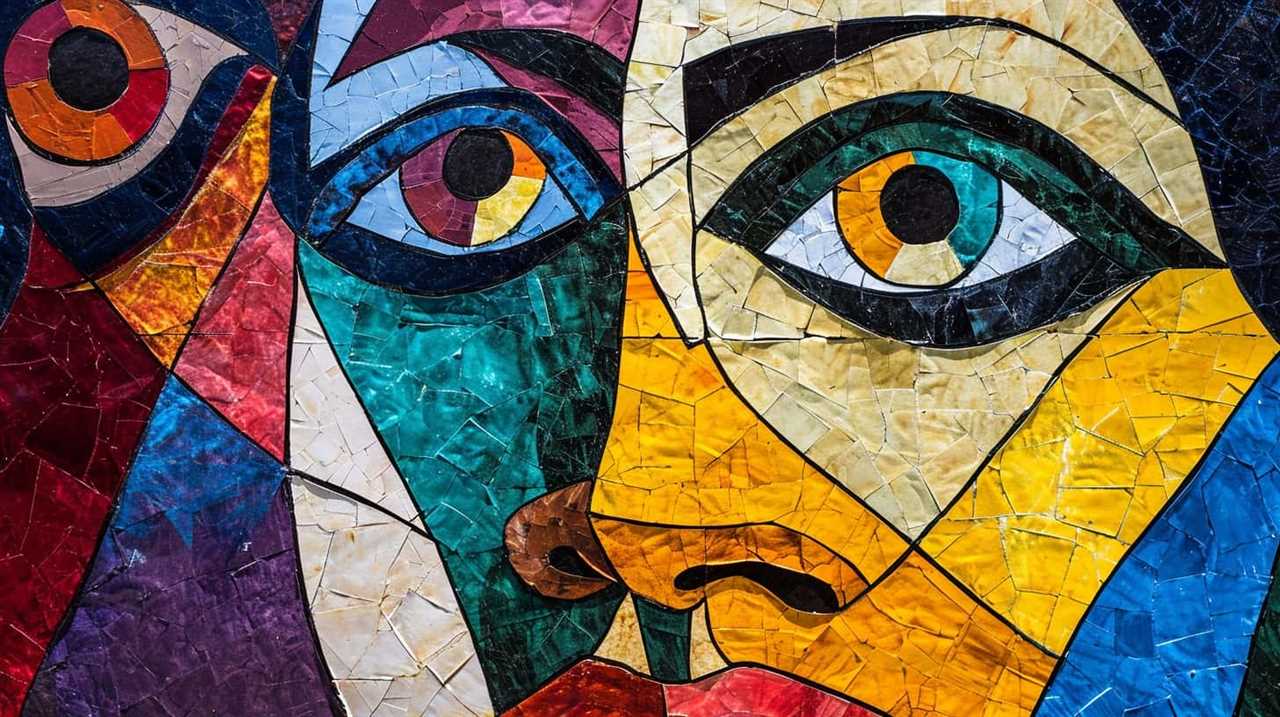
Transitioning into the subsequent section about ‘beauty through Leonardo’s eyes,’ we delve deeper into his unique perspective and how it shaped his artistry.
Beauty Through Leonardo’s Eyes?
As we delve into Da Vinci’s quest for perfect beauty, we discover the unique perspective he brings to the concept, shaping his artistry. Leonardo’s artistic techniques and his fascination with anatomy played a pivotal role in his interpretation of beauty.
Through his meticulous observations of the human body, he sought to uncover the secrets of its form and function, aiming to portray beauty with unparalleled accuracy. His anatomical studies, such as the iconic Vitruvian Man, showcased his commitment to capturing the essence of the human figure. Leonardo’s attention to detail and his ability to blend science and art allowed him to create masterpieces that celebrated the harmony and grace of the natural world.
Transitioning into the subsequent section about Hokusai’s serene portrayal of beauty, we explore another artist’s unique perspective on the concept.
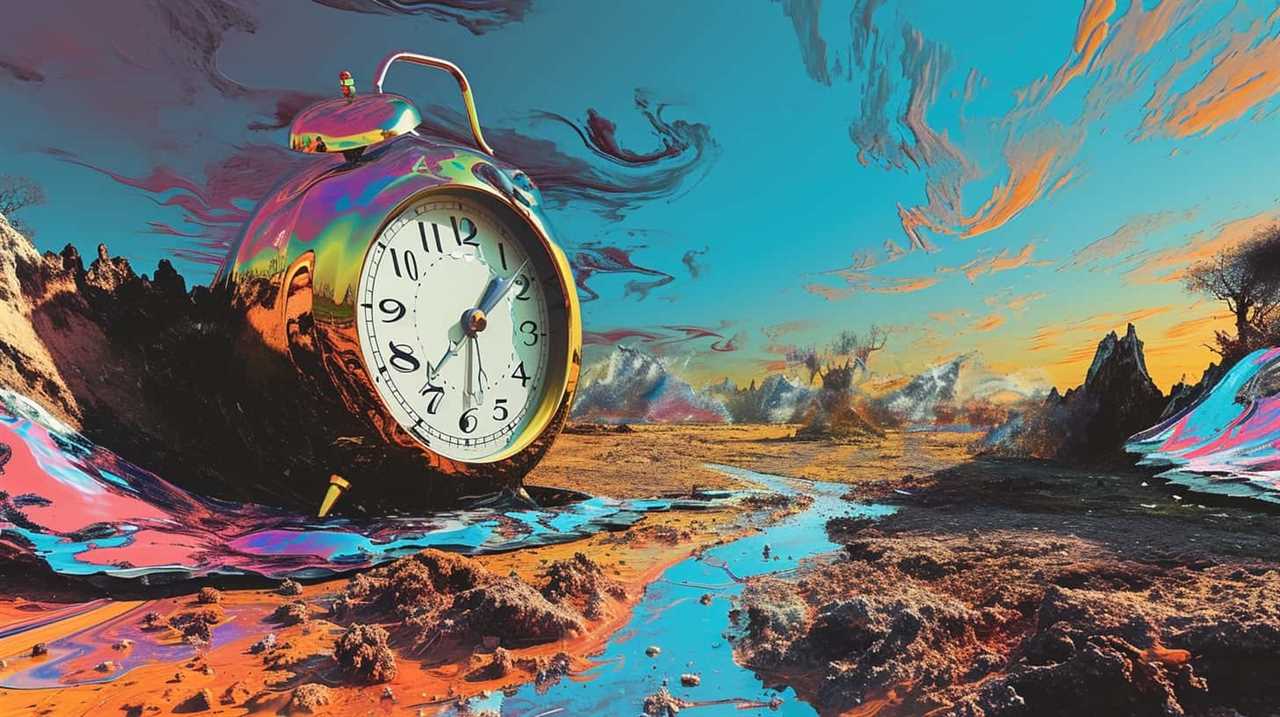
Hokusai’s Serene Portrayal of Beauty
Hokusai’s serene portrayal of beauty captivates with its harmonious composition and delicate brushwork. The renowned Japanese artist’s ability to capture the essence of serenity in nature and translate it onto the canvas is truly remarkable.
Here are five reasons why Hokusai’s work continues to inspire and mesmerize:
- Mastery of Line and Form: Hokusai’s precise and controlled brushwork creates fluid lines and graceful curves, bringing his subjects to life with a sense of vitality and movement.
- Attention to Detail: Every intricate detail in Hokusai’s paintings, from the delicate petals of a cherry blossom to the ripples on a serene lake, is meticulously rendered, showcasing his dedication to capturing the beauty of the natural world.
- Elegant Simplicity: Hokusai’s compositions are often characterized by their minimalistic approach, allowing the viewer to focus on the inherent beauty of his subjects without any distractions.
- Emotional Resonance: Through his skillful use of color and composition, Hokusai evokes a sense of tranquility and inner peace, inviting the viewer to immerse themselves in the beauty of the moment.
- Timeless Appeal: Despite being created centuries ago, Hokusai’s works continue to resonate with audiences today, reminding us of the enduring power of art to transcend time and connect us with the beauty of the world around us.
With Hokusai’s serene portrayal of beauty, we’re transported to a world where nature and art converge, leaving us inspired and in awe of the beauty that surrounds us.
As we delve further into the exploration of beauty, let’s now turn our attention to the Renaissance masterpiece of Botticelli and his portrayal of beauty during this transformative era.
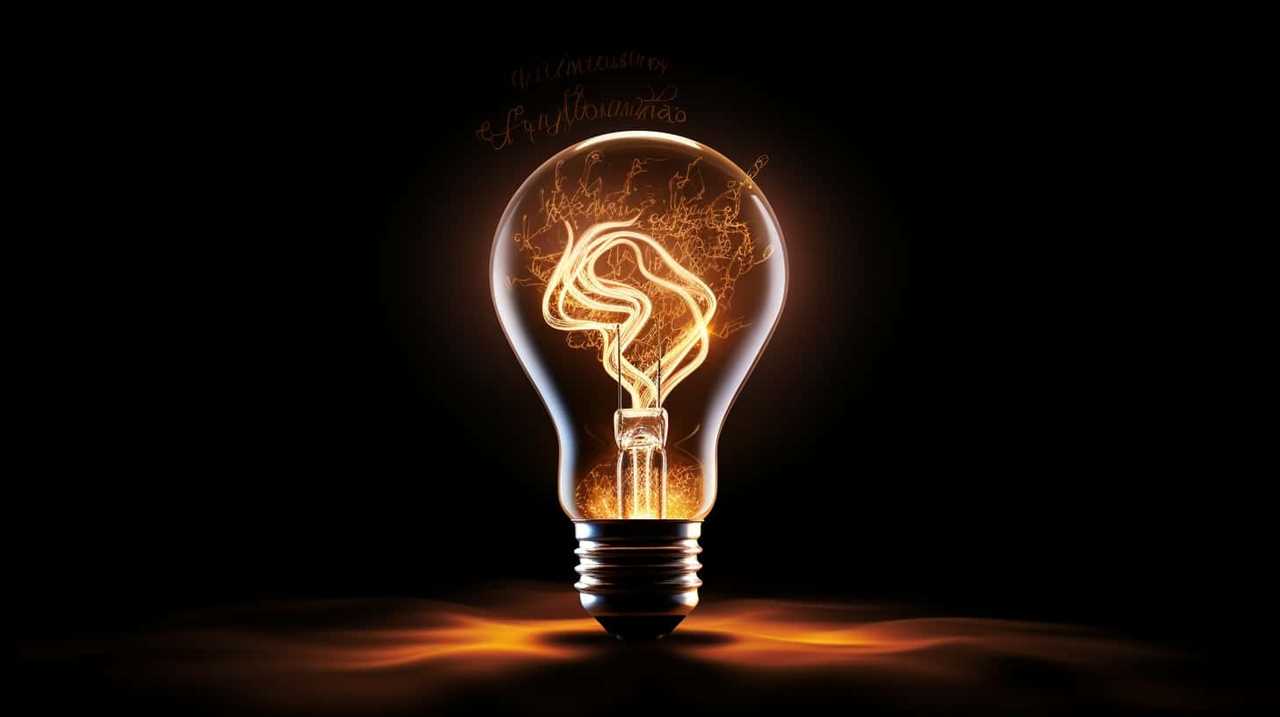
Botticelli’s Renaissance Beauty
Continuing our exploration of beauty’s essence, we delve into Botticelli’s Renaissance Beauty.
Sandro Botticelli, a renowned Italian painter of the 15th century, created some of the most iconic and influential artworks of the Renaissance period. His works, such as ‘The Birth of Venus’ and ‘Primavera,’ continue to be celebrated today for their timeless beauty and profound symbolism.
Botticelli’s influence can be seen in various aspects of contemporary art and culture. His delicate and ethereal depictions of the human form have inspired countless artists, photographers, and fashion designers. The graceful movements and flowing drapery in his paintings have become synonymous with a sense of elegance and refinement. Botticelli’s ability to capture the essence of beauty and evoke emotion through his art remains a source of inspiration for creators across different mediums.
One of the distinctive features of Botticelli’s artwork is his masterful use of symbolism. In ‘The Birth of Venus,’ the goddess of love emerges from the sea on a seashell, symbolizing her birth from the ocean. The painting also incorporates various mythological figures, such as Zephyrus and Chloris, representing the forces of wind and flowers. These symbolic elements add depth and meaning to his compositions, inviting viewers to contemplate the layers of symbolism and allegory present in his work.

Botticelli’s Renaissance Beauty continues to captivate audiences today with its timeless elegance and profound symbolism. His influence can be seen in the works of contemporary artists and his legacy as one of the greatest painters of the Renaissance remains intact. The allure and power of Botticelli’s art lie in its ability to transcend time and speak to the essence of beauty in all its forms.
Frequently Asked Questions
How Did Picasso’s Perspective on Beauty Influence His Artistic Style?
Picasso’s exploration of unconventional beauty greatly influenced his artistic style. By challenging traditional notions of beauty, he paved the way for a new era in modern art. His bold and innovative approach continues to inspire and captivate audiences worldwide.
What Were Monet’s Thoughts on the Connection Between Nature and Beauty?
Monet’s impressionist approach was deeply influenced by nature’s beauty. The connection between the two was evident in his vibrant landscapes and shimmering water lilies. Through his art, Monet captured the essence of nature’s beauty and shared it with the world.
How Did Van Gogh’s Vision of Beauty Impact His Use of Color and Brushstrokes?
Van Gogh’s vision of beauty profoundly shaped his use of color and brushstrokes. His influence on modern art is undeniable, as his vibrant hues and bold, swirling textures brought a new level of movement and emotion to the canvas.
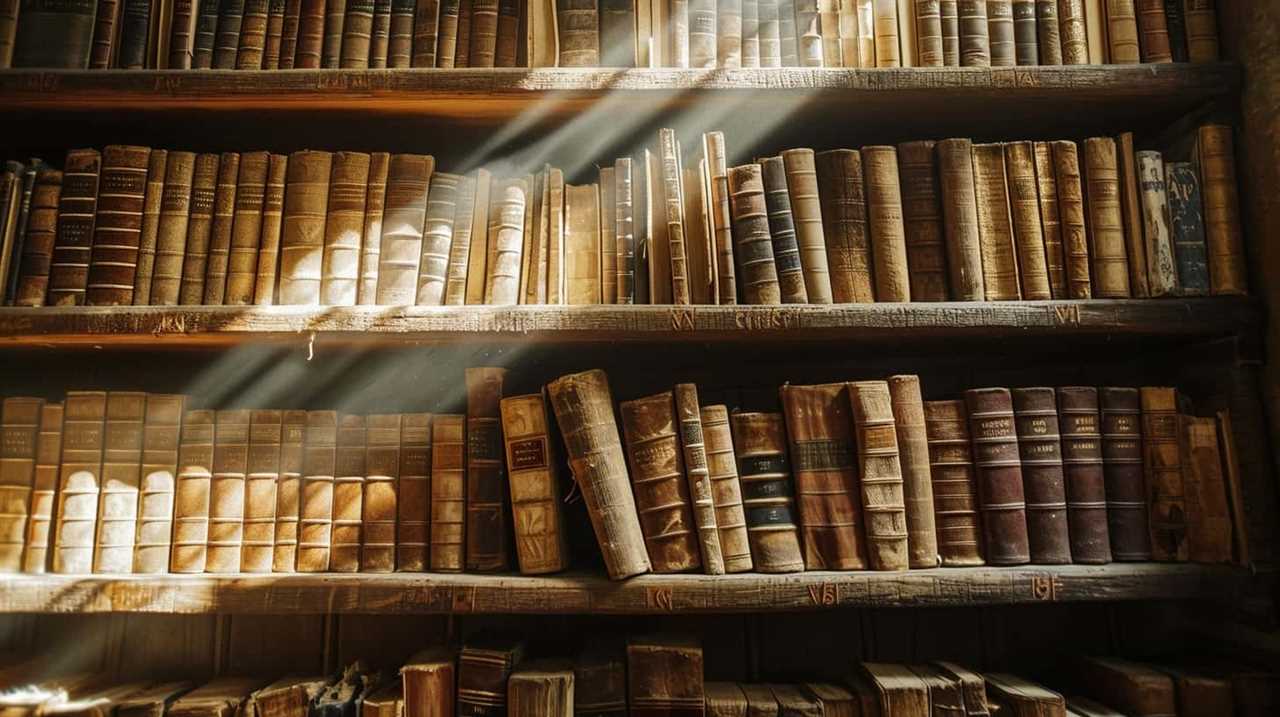
How Did Dali’s Distorted View of Beauty Challenge Traditional Notions of Aesthetics?
Dali’s surreal interpretation and unconventional aesthetics challenged traditional notions of beauty. His distorted view forced us to question what we considered beautiful, provoking a shift in our understanding and appreciation of art.
In What Ways Did Warhol’s Pop Art Challenge Conventional Ideas of Beauty and Consumer Culture?
Warhol’s impact on challenging conventional ideas of beauty and consumer culture was profound. Through his pop art, he redefined what was considered art and forced society to question the influence of consumerism on our perception of beauty.
Can Beauty and Emotional Depth Coexist in Creativity?
Beauty and emotional depth can certainly coexist in creativity, as they often intertwine in expressing inner worlds. From visually stunning art to emotionally resonant music, creative works have the power to capture both the eye and the soul, allowing for a deep connection between beauty and emotional depth.
Conclusion
In conclusion, exploring the perspectives of these iconic creatives has allowed us to delve into the essence of beauty. From Picasso’s fragmented forms to Botticelli’s graceful figures, each artist brings forth a unique interpretation.
Yet, amidst the diversity, there’s a common thread. Beauty, like a timeless melody, resonates throughout the ages, transcending boundaries and captivating our souls. It’s a kaleidoscope of emotions and perceptions, an eternal enigma that both enlightens and enchants.
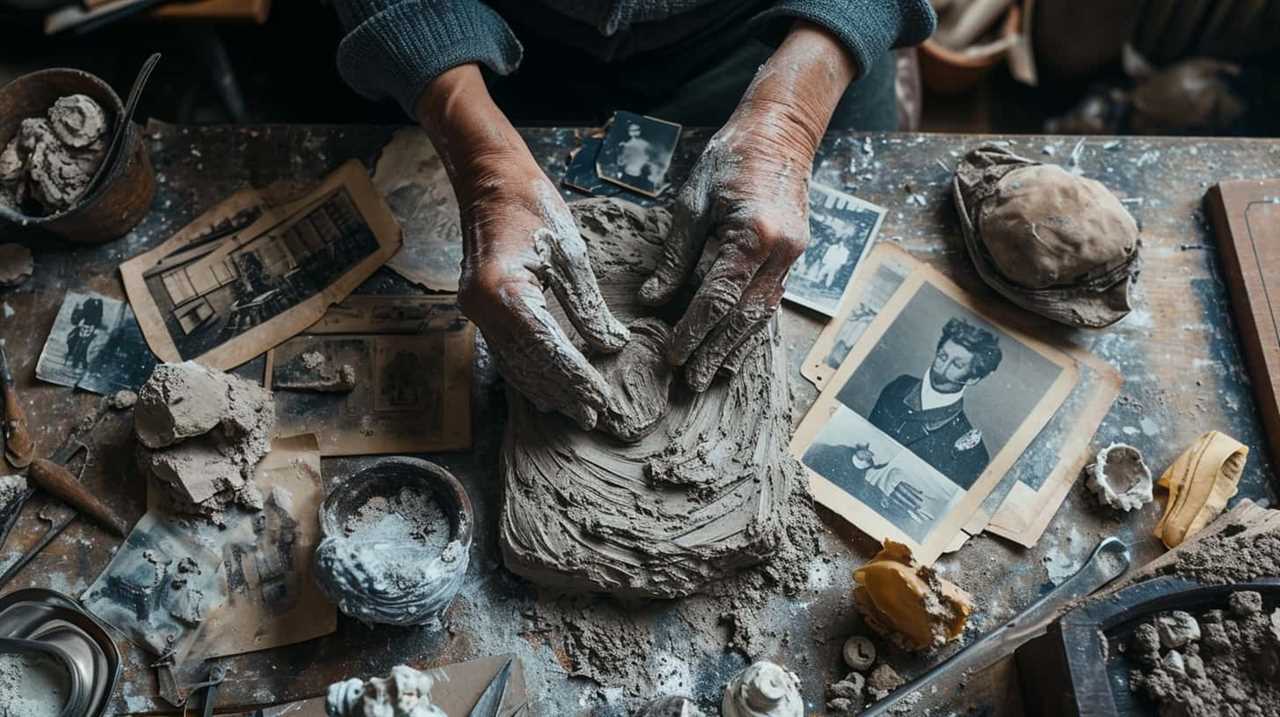
So let’s embrace the beauty that surrounds us, for it’s a gift that never fades, an anachronism that defies the passage of time.
Lauren’s talent in writing is matched by her passion for storytelling. Her love for books and deep understanding of culture and entertainment add a distinct flavor to her work. As our media and press contact, Lauren skillfully bridges the gap between afterQuotes and the broader media landscape, bringing our message to a wider audience.
